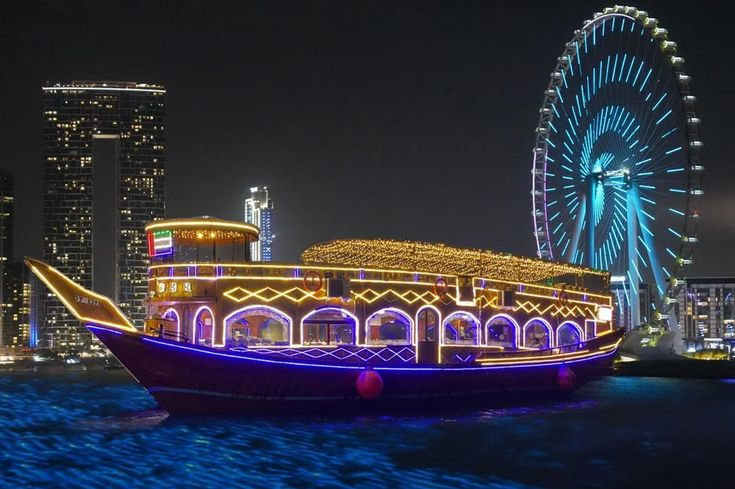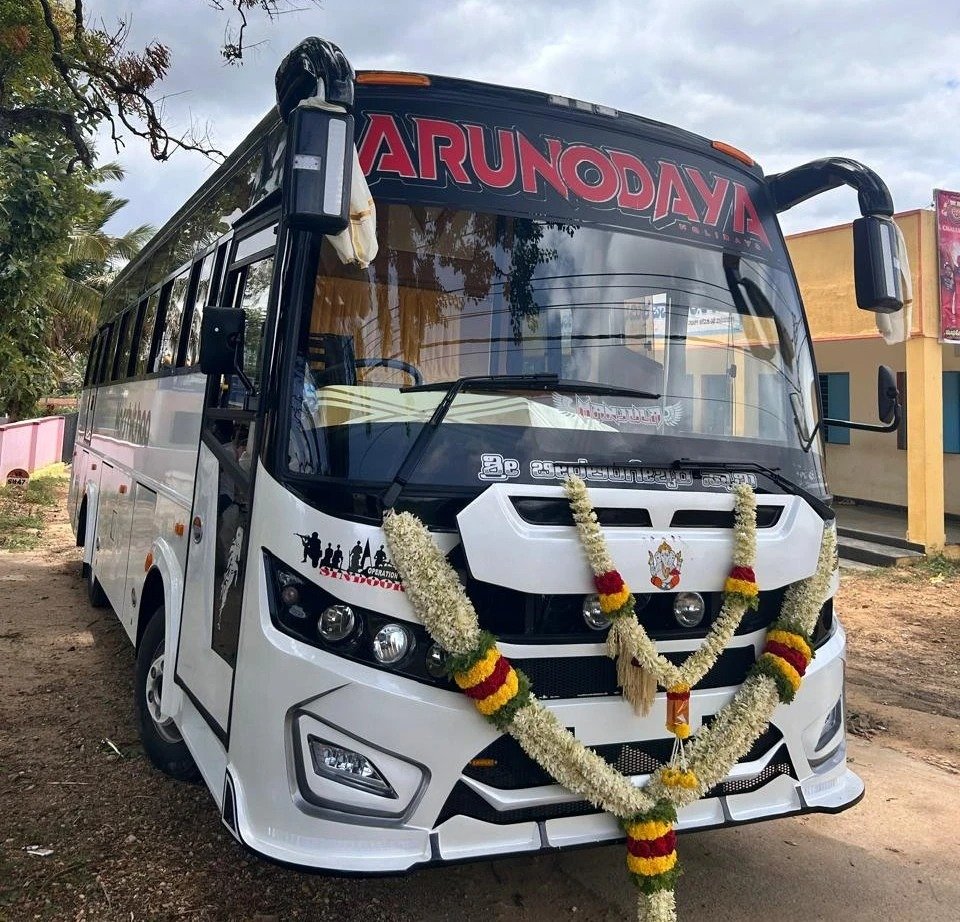South India, comprising the states of Tamil Nadu, Kerala, Karnataka, Andhra Pradesh, and Telangana, is a region renowned for its diverse cultural heritage, historical landmarks, and vibrant traditions. From ancient temples and architectural marvels to classical dance forms and traditional festivals, South India offers a fascinating journey through time and culture. This article delves into the rich cultural heritage of South India, exploring its iconic landmarks and traditions.
The Architectural Splendor of South Indian Temples
South India is home to some of the most magnificent temples in the world, each showcasing the region’s unique architectural styles and rich history. These temples are not only places of worship but also epitomes of art and culture.
1. Meenakshi Amman Temple, Madurai
Located in Tamil Nadu, the Meenakshi Amman Temple is a marvel of Dravidian architecture. Dedicated to Goddess Meenakshi and Lord Sundareswarar, the temple is known for its towering gopurams (gateway towers) adorned with intricate sculptures depicting mythological stories. The temple complex includes 14 gopurams, the tallest being the southern tower, which stands at 170 feet.
2. Brihadeeswarar Temple, Thanjavur
A UNESCO World Heritage site, the Brihadeeswarar Temple in Thanjavur, Tamil Nadu, is a masterpiece of Chola architecture. Built in the 11th century by Raja Raja Chola I, the temple is dedicated to Lord Shiva and features a 66-meter tall vimana (tower). The temple’s grandeur and detailed carvings reflect the zenith of Chola architectural brilliance.
3. Virupaksha Temple, Hampi
Part of the Group of Monuments at Hampi, a UNESCO World Heritage site in Karnataka, the Virupaksha Temple is dedicated to Lord Shiva. Dating back to the 7th century, the temple is an architectural wonder with its intricately carved pillars and massive courtyards. Hampi itself was the capital of the Vijayanagara Empire and is dotted with numerous other historical monuments.
4. Sree Padmanabhaswamy Temple, Thiruvananthapuram
Located in Kerala’s capital, the Sree Padmanabhaswamy Temple is one of the wealthiest temples in the world. The temple’s Dravidian style of architecture, combined with its treasure trove of gold and precious stones, adds to its allure. The deity, Lord Padmanabhaswamy, is depicted reclining on the serpent Anantha.
Classical Dance Forms of South India
South India is the birthplace of several classical dance forms, each with its own distinctive style, costumes, and music. These dance forms are a vital part of the region’s cultural heritage, reflecting its artistic excellence and devotion.
1. Bharatanatyam
Originating in Tamil Nadu, Bharatanatyam is one of the oldest classical dance forms in India. Characterized by its precise movements, intricate footwork, and expressive gestures, Bharatanatyam is traditionally performed by solo female dancers. The dance form often depicts Hindu mythological themes and spiritual ideas.
2. Kathakali
Hailing from Kerala, Kathakali is a vibrant dance-drama known for its elaborate costumes, colorful makeup, and dramatic storytelling. The dancers wear striking facial makeup and ornate headgear, portraying characters from epics like the Ramayana and Mahabharata. Kathakali performances are accompanied by traditional music and percussion.
3. Kuchipudi
Kuchipudi, originating from Andhra Pradesh, combines dance, music, and acting to narrate stories, typically from Hindu scriptures. The dance form involves graceful movements, intricate footwork, and expressive facial expressions. Unlike Bharatanatyam, Kuchipudi includes both male and female dancers.
4. Yakshagana
A traditional theatre form from Karnataka, Yakshagana combines dance, music, dialogue, and costumes to present mythological and historical stories. Performers wear elaborate costumes and makeup, with performances often lasting through the night. Yakshagana is known for its vibrant and energetic style.
Festivals Celebrating South Indian Heritage
Festivals in South India are grand celebrations that showcase the region’s cultural richness and communal harmony. These festivals are marked by traditional rituals, music, dance, and feasts.
1. Pongal
Pongal is a four-day harvest festival celebrated in Tamil Nadu. Dedicated to the Sun God, the festival marks the end of the winter solstice and the beginning of the harvest season. The main event involves cooking a dish called Pongal, made from freshly harvested rice and milk, and offering it to the Sun God.
2. Onam
Onam is the biggest festival in Kerala, celebrating the homecoming of the mythical King Mahabali. The festival lasts for ten days, with elaborate flower carpets (Pookkalam), traditional dances like Thiruvathirakali, boat races (Vallam Kali), and a grand feast called Onam Sadya.
3. Dasara
Dasara in Karnataka, particularly in Mysore, is celebrated with grandeur and pomp. The Mysore Palace is illuminated, and a grand procession featuring the idol of Goddess Chamundeshwari is carried through the streets on a golden howdah atop an elephant. The festival symbolizes the victory of good over evil.
4. Ugadi
Ugadi marks the New Year in Andhra Pradesh, Telangana, and Karnataka. The festival signifies the arrival of spring and the start of a new year according to the Hindu lunisolar calendar. Traditional celebrations include preparing a special dish called Ugadi Pachadi, which symbolizes the different flavors of life.
South Indian Cuisine: A Culinary Heritage
South Indian cuisine is a significant aspect of the region’s cultural heritage. Known for its distinct flavors, the cuisine varies from state to state, offering a wide array of vegetarian and non-vegetarian dishes.
1. Tamil Nadu
Tamil Nadu’s cuisine is famous for its use of rice, lentils, and spices. Popular dishes include dosas, idlis, sambar, and rasam. The Chettinad cuisine, known for its spicy flavors and use of fresh ground masalas, is a culinary highlight.
2. Kerala
Kerala’s cuisine features an abundance of coconut, seafood, and rice. Signature dishes include appam with stew, fish curry, and the elaborate Sadhya feast served on a banana leaf. The use of spices like black pepper, cardamom, and cloves adds a unique flavor to the dishes.
3. Karnataka
Karnataka offers a diverse culinary landscape, from the coastal seafood delicacies of Mangalore to the vegetarian delights of Udupi. Famous dishes include Bisi Bele Bath, Mysore Pak, and Mangalorean fish curry. The cuisine is known for its balance of flavors, with a mix of sweet, sour, and spicy elements.
4. Andhra Pradesh and Telangana
The cuisine of Andhra Pradesh and Telangana is known for its bold and spicy flavors. Hyderabadi Biryani, Gongura pickle, and Andhra chicken curry are popular dishes. The use of tamarind, red chilies, and gongura leaves adds a distinctive taste to the cuisine.
Conclusion
South India’s cultural heritage is a rich tapestry woven with ancient traditions, architectural marvels, classical arts, vibrant festivals, and delectable cuisine. Exploring this heritage offers a profound insight into the region’s history and its continuing legacy. Whether you are a history enthusiast, an art lover, or a culinary explorer, South India promises a deeply enriching experience that celebrates its timeless cultural heritage.
Embark on a journey to discover the cultural wonders of South India, and immerse yourself in the diverse and vibrant traditions that define this enchanting region.



